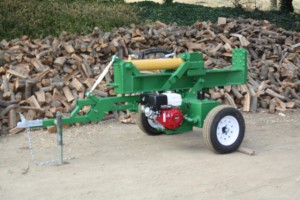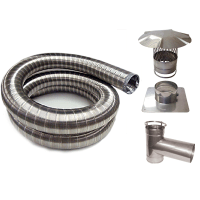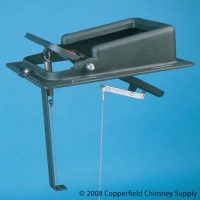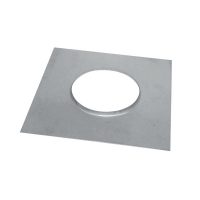Splitting Firewood
Nothing beats sitting by a cozy fire on a winter’s evening. But first you have to get out there and start splitting firewood. Of course, you could use multiple methods, including a wedge and a mallet. If your not a huge fan of splitting firewood by hand you can always use a log splitter.
How do you decide what size log splitter you need? Log splitters are measured in terms of ton capacity. The log splitters that professionals use are at least 20 ton capacity, but for home use, a splitter in the two to five ton range will most likely be adequate.
The tonnage of the splitter determines amount of horsepower the engine will be, since a bigger capacity splitter will require a larger engine. If the engine is underpowered for the job, it will burn out quickly. So the first decision you have to make is how you intend to use the splitter-just for your personal use, or if you are going to make a business out of splitting firewood and selling it.
Besides making the job of splitting firewood easier, a log splitter can be used for more than just making firewood. Big forestry suppliers use a splitter to make the first cut for making log planks, or for cutting logs into manageable size for paper making. These splitters are part of a loggers equipment used in the forest to get cut down trees ready for transport and processing. Depending upon the end use, the logs are split in a certain way so as to save time in the wood mills and in this industry, as elsewhere, time is money.
Splitting firewood, to make furniture
If you are interested in making furniture with your log splitter, you can use it for that purpose in addition to splitting wood for a fireplace. The rustic look of split wood furniture is popular for a country cabin look.
Log splitters tend to be expensive. Even a used one will cost hundreds or thousands of dollars. How much you spend will be determined on how much value you think you will get from your splitter. Let see if splitting firewood by hand or using a splitter is better for you. You will probably see that if it takes an hour to split 10 logs by hand, and you earn $50 an hour at your normal job, you have some expensive logs. But with a log splitter, you can probably split 100 logs in the same time; your price per log is now $.50 per log instead of $5 per log!
Make sure you take safety into account when you are deciding upon a log splitter. You will be safer if you get a self lubricating and self maintaining splitter so that it stays in good condition. Just as you have to sharpen your axe, you have to keep your log splitter in top condition.
All of the features such as safety, time and convenience will make it a lot more desirable to have a hydraulic log splitter than the strenuous manual way of doing it. Even if you are only splitting firewood for a few cozy fires, you’ll get a lot of benefit from having a full supply of firewood all winter long.







